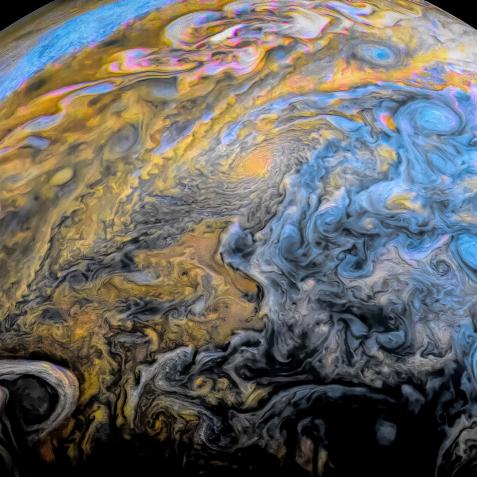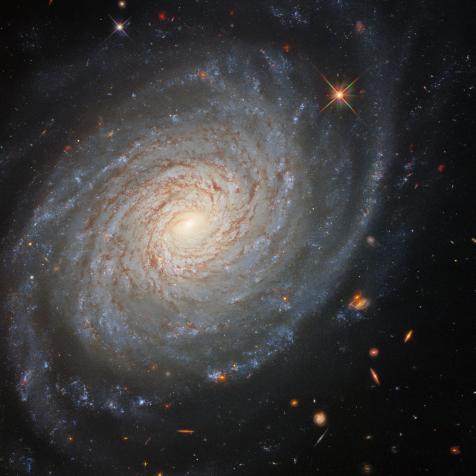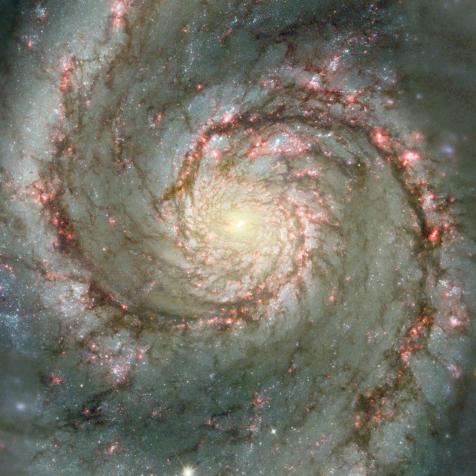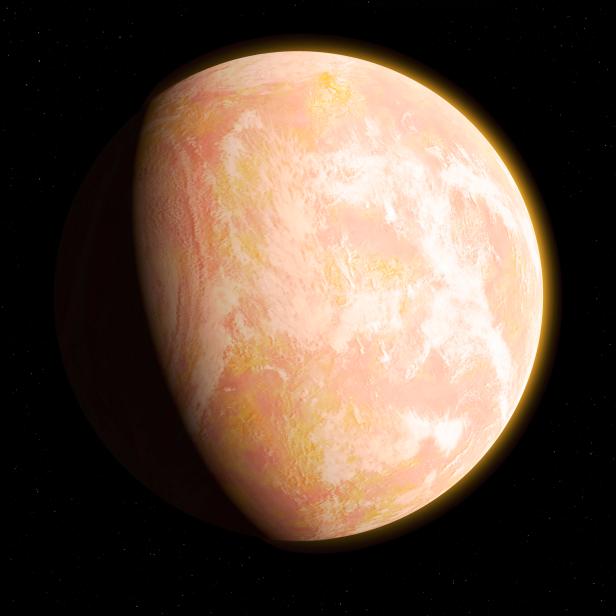
NASA Goddard
How Exoplanets Became the Next Big Thing in Astronomy

To date, we know of over 5,000 planets outside the solar system. And astronomers suspect that there may be *checks notes* around a trillion more in our galaxy alone. The search for exoplanets is one of the hottest topics in astronomy, with expensive telescopes and giant collaborations all searching for the holy grail of the 21st century: an Earth 2.0, a habitable world like our own.
Curiously, the history of exoplanet detection doesn’t begin with a normal star, but rather with a pulsar. A pulsar is a rapidly spinning dead core of a massive star, made of trillions of tons of neutrons crammed into a volume no bigger than Manhattan. Pulsars emit powerful beams of radiation that blast through the cosmos and those beams gyrate around like a lighthouse as the pulsar spins.
In 1992 a pair of astronomers measured tiny changes in the timings of the pulsar flashes. They realized that those timings could only be due to the presence of tiny companions orbiting the pulsar and tugging on it as they rotated around – exoplanets in orbit.
It wasn’t until a few years later in 1995 that astronomers found their first exoplanet around a normal star, 51 Pegasi, sitting about 50 light-years away.
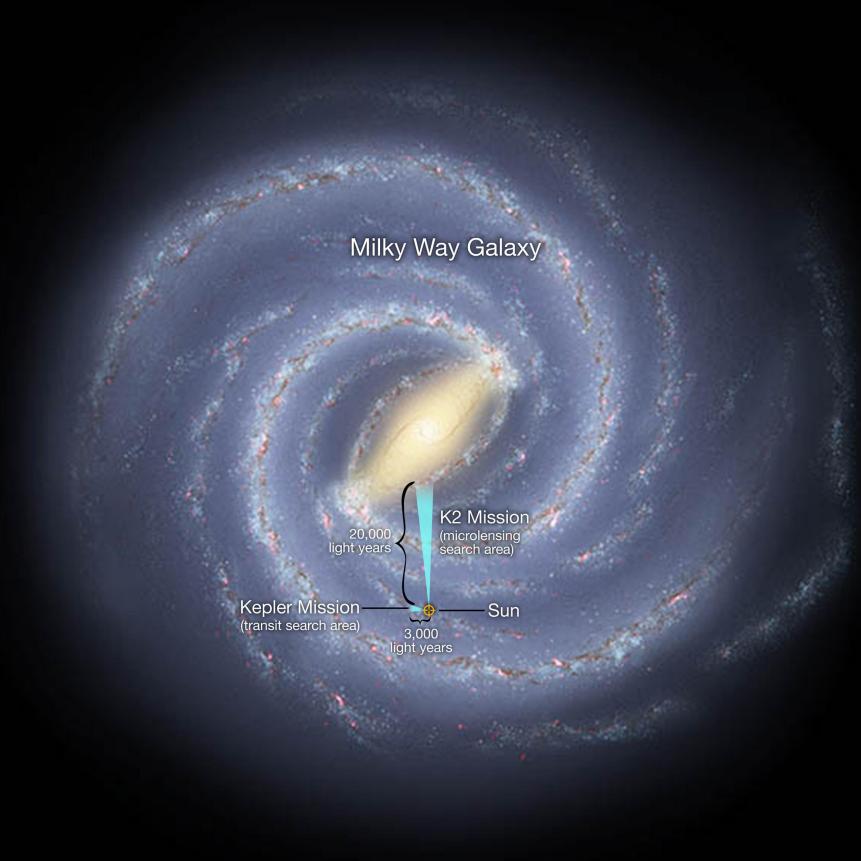
NASA/Ames/JPL-Caltech
In a global experiment in exoplanet observation, the K2 mission and Earth-based observatories on six continents will survey millions of stars toward the center of our Milky Way galaxy.
Astronomy continued to do its thing for a few more years, with exoplanets popping up here and there after a series, of dedicated studies. And then in 2009, the game changed completed with NASA’s launch of the Kepler Space Telescope.
Kepler was an exoplanet hunter extraordinaire, dedicated to finding planets orbiting other stars. And it did a fantastic job at it, generating a catalog of thousands of worlds over the course of its nearly 10-year lifespan.
With Kepler, astronomers found planets bigger than Jupiter, and ones smaller than Mercury. They even found planets bigger than Jupiter orbiting closer to their parent star than Mercury does in our solar system. They found crazy worlds that rain iron, and others locked in ice. Other missions found exoplanets around our nearest neighbor star, Proxima Centauri, and a cache of seven Earth-like planets in the TRAPPIST-1 system 40 light-years away.

NASA/Ames/JPL-Caltech
And while we’ve found just about every possible kind of world, we haven’t spotted a duplicate of the Earth: a planet with the same mass and radius as our own orbiting within the habitable zone (the region around a star where it’s neither too cold nor too hot for liquid water) of a sun-like star.
But honestly, we’re just getting started. Rough estimates tell us that there are somewhere around 5 billion potentially habitable Earth-like planets in the galaxy…but a galaxy is a big place. We’ve identified less than 0.0000005% of all the planets in the Milky Way, so it’s not exactly surprising that we haven’t found the habitable needle in the galactic haystack.
New surveys are on the case, like TESS, NASA’s Transiting Exoplanet Survey Satellite, and ground-based observatories around the globe. Exoplanets are providing a wealth of information about how planets and solar systems form throughout the galaxy…and the possibility of another habitable world is just too tantalizing to pass up.
















